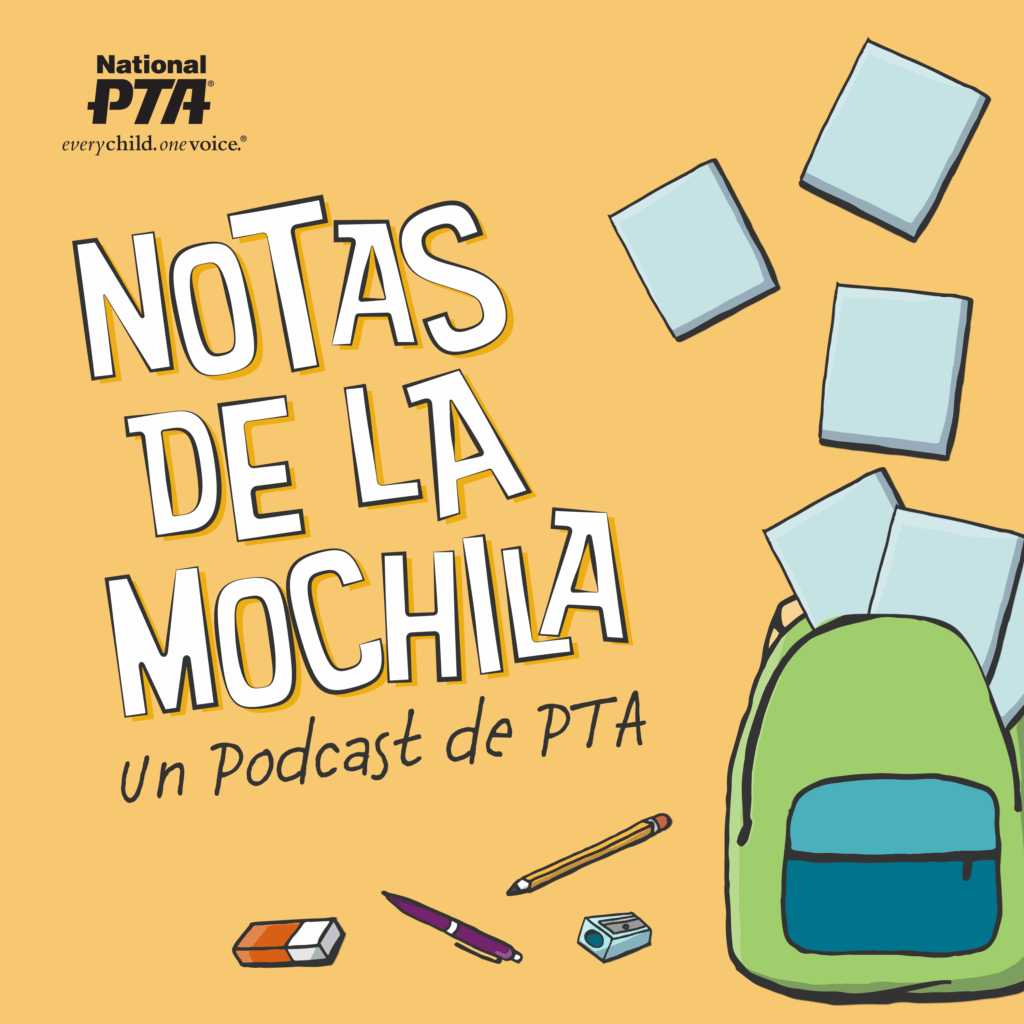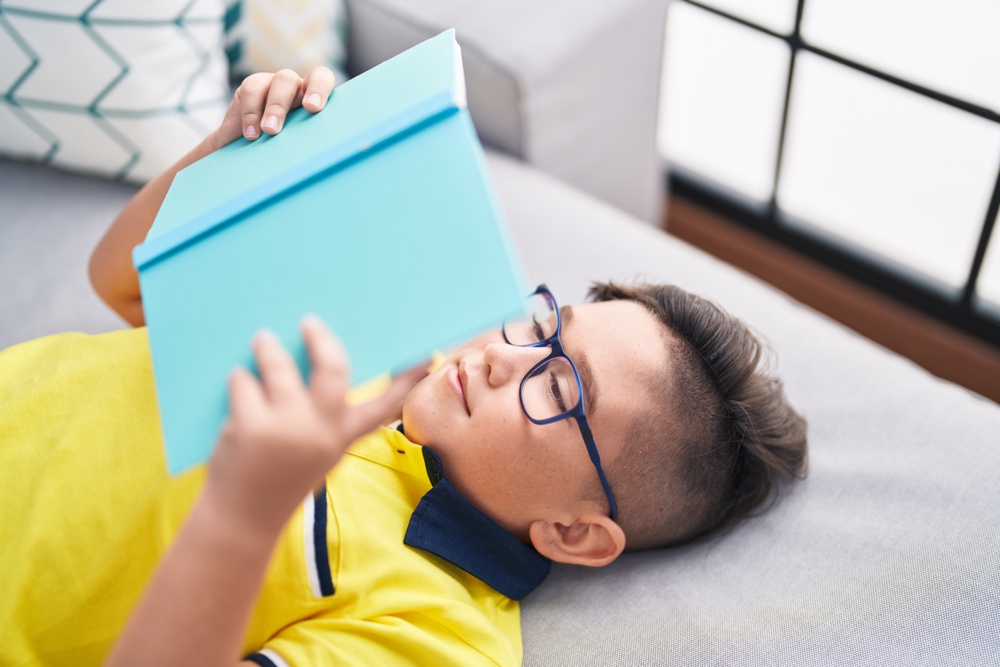When it’s time for more than 56 million public and private school students to go back to school, it might not be the same school they abruptly left last March. If they return to physical classrooms, they may be in environments that seek to mitigate risk by enforcing social distancing, adopting rigorous hand-washing as well as other cleanliness measures, instituting new cleaning and disinfecting protocols, and more.
Social Distancing at School
In developing safety guidelines, schools from pre-school to high school can face challenges with so many children and teens in one building. Social distancing measures this school year may include:
- Spaced desks in classrooms
- Markers to keep students apart in public areas like the cafeteria or auditorium
- Signage reminders
Some schools are contemplating innovative solutions, such as:
- Staggered school day starts — Different parts of the school population come at different times.
- Rotating schedules — Students come to school some days and learn remotely on others.
- Staying in place — Rather than moving from classroom to classroom (increasing exposure), classes could stay in place with only the teachers rotating. In some cases, this could mean all students would eat lunches at their desks, rather than going to the cafeteria.
- Ramping up the use of virtual technology — The e-learning that many schools turned to during the pandemic may become a more permanent and prominent part of their offerings.
However, the approach could vary from state to state, district to district, and even school to school, so every family should try to be aware of the policies that apply to them.
One school is taking quite an innovative solution. Avondale Academy, a 117-student alternative school in the Detroit suburbs, decided to replace its teachers with an educational software program after the local board of education voted to restructure the school. While the officials claim that the drastic move will save money as the district braces for deep budget cuts caused by COVID-19, critics feel something important is lost by cutting real teachers out of the equation.
The results of these measures could mean that school days and the school year both lengthen and online learning could become an increasingly important part of the education mix.
School Supply and Health Demand
Parents are faced with the dual challenge of supplying their kids with safety information as well as personal protective equipment in uncertain times while they do their back-to-school shopping for everything from new lunchboxes to backpacks. And they might contemplate new school supplies to supplement safety measures implemented by schools, including face masks, extra facial tissues, and even sanitizer or sanitizing wipes.
In trying to determine what their child’s particular school demands for supplies, parents can take advantage of using a convenient online locator that can reveal the school supply list for a particular classroom in a specific school.
For their part, the Centers for Disease Control and Prevention (CDC) has advice to support behaviors that can help reduce the spread of germs. Schools can consider providing supplies, including:
- Hand soap
- Hand sanitizer
- Paper towels, tissues, and cleaning wipes
- Cloth face coverings (as feasible)
- No-touch/foot-pedal trash cans
Besides having adequate health and cleaning supplies, schools may also consider having enough regular supplies and equipment (for example, art supplies), so students can have their own supplies and not be tempted to share. Children’s belongings might also be kept separate in individually labeled containers, cubbies or areas.
Schools may consider discouraging the sharing of anything hard to clean or disinfect and frequently used items like:
- Toys
- Electronic devices
- Books
- Games
- Learning aids
One Hand Washes the Other
It’s good for students and teachers learn proper hand-washing and practice it thoroughly, especially if they have come in contact with a high-touch area or object, such as a door handle or someone else’s desk surface.
According to the CDC, proper hand-washing includes:
- Wetting the hands by running water (warm or cold) over them
- Lathering the back of the hands, between the fingers, and under the nails
- Scrubbing for at least 20 seconds (sing “Happy Birthday” twice)
- Rinsing the hands under clean water
- Drying using a clean towel or air dryer
If soap and water aren’t available or need to be supplemented, the CDC recommends hand sanitizer (gel or wipes) can be used. The CDC also warns that while hand sanitizer can help get rid of many germs on the hand, it may not get rid of all of them or be as effective when the hands are visibly dirty or greasy. After the gel is applied, it should be rubbed over the surfaces of the hands and fingers until it is dried, in about 20 seconds.
When students go back to school, the CDC also advices that proper respiratory etiquette should be taught. The CDC says such etiquette involves coughing or sneezing into a facial tissue (or an elbow if caught without one), followed by disposal of the tissue into a trash can and thorough hand-washing.
Cover Your Bases With Face Coverings
The CDC recommends wearing cloth face coverings in “public settings where other social distancing measures are difficult to maintain … especially in areas of significant community-based transmission.” In schools, especially ones where social distancing is hard to maintain, cloth face coverings and other masks are recommended by the CDC.
Other health agencies point out that messages about the use of cloth face coverings should include:
- Do not touch your eyes, nose, and mouth while wearing masks, risking contamination.
- Wash your hands thoroughly before putting on the mask and after removing it.
- Masks should be washed after each use.
- Wearing cloth masks should not replace the need to continue frequent hand-washing, avoiding touching the face, and practicing social distancing.
Teachers and parents should continue to use their typical systems and processes for cleaning toys, keeping sick children home, washing hands, and employing other practices every day.
Other Food for Thought for Going Back to School
Some of the other changes that might greet students back at school include:
Lunch Protections
To maintain social distancing, more schools may encourage students to bring their lunches and eat them in their classrooms. Or they might provide plated meals in classrooms, rather than permitting gatherings in dining halls or cafeterias.
If food is offered in a cafeteria, it might be prepackaged meals rather than communal buffets or served meals from hot trays. Disposable utensils and plates might be used. Or, if not, plates and utensils would be handled with gloves by school staff and washed with hot water and soap by hand or in dishwashers. Disposable lunch trays and contactless trash cans might also be deployed.
Physical Barriers and Guides
To enforce social distancing, schools might introduce sneeze guards, partitions, and other barriers in areas where it is hard to stay 6 feet apart. On floors and sidewalks, they could also provide physical guides to keep people apart, such as tape or markers. In bathrooms, schools might install flexible plastic barriers between sinks that force people to remain apart.
Communal spaces, such as playgrounds and auditoriums, might also stay closed, or thoroughly cleaned and disinfected between uses.
More Virtual Events
Group events and activities, including field trips, can be more difficult to arrange because of distancing requirements. Group events and activities may be in smaller numbers, or there may be more instances of virtual events.
Nonessential visitors may be discouraged or prohibited from coming to schools.
Signs and Messages
Schools may post signs in high traffic areas, such as school entrances and restrooms, to enforce safety messages about hand-washing, distancing, and face coverings.
By arming themselves with the right resources and supplies, schools and parents can help prepare their children for the new normal.
For more great tips, read the full article, reprinted with permission from Office Depot OfficeMax. Office Depot has been helping students and schools succeed for more than 30 years. It’s more than our job. It’s our passion. As a proud National Sponsor of the PTA, our goal is to help make this year—and every year—a success. Connect with Office Depot.


















